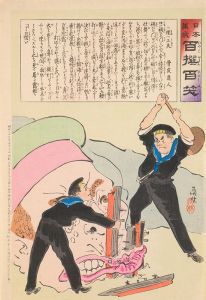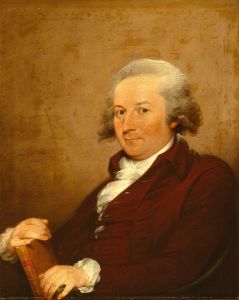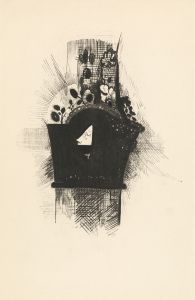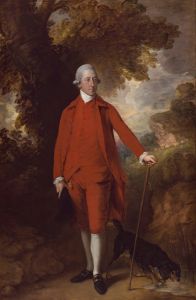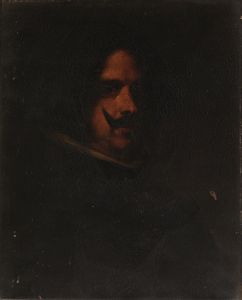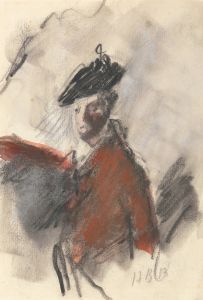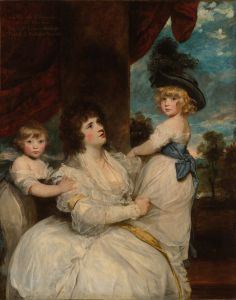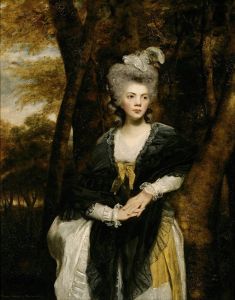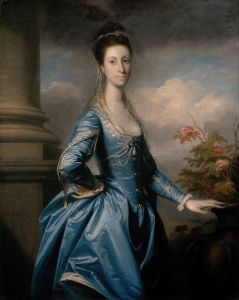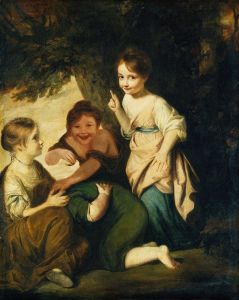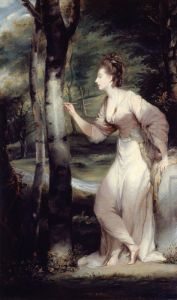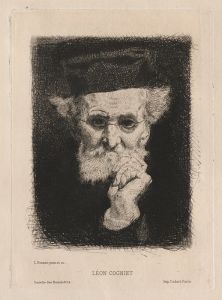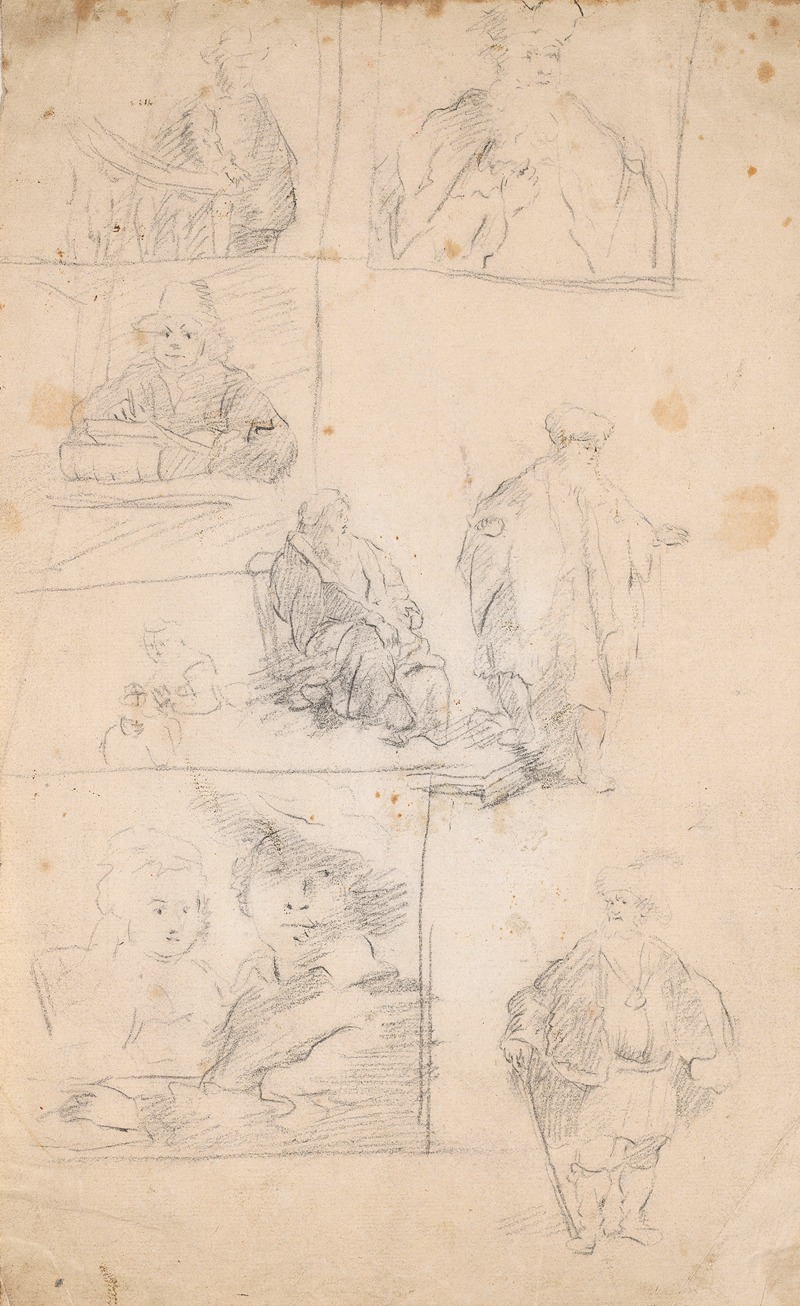
Sheet of Copies after Etchings by Rembrandt
A hand-painted replica of Sir Joshua Reynolds’s masterpiece Sheet of Copies after Etchings by Rembrandt, meticulously crafted by professional artists to capture the true essence of the original. Each piece is created with museum-quality canvas and rare mineral pigments, carefully painted by experienced artists with delicate brushstrokes and rich, layered colors to perfectly recreate the texture of the original artwork. Unlike machine-printed reproductions, this hand-painted version brings the painting to life, infused with the artist’s emotions and skill in every stroke. Whether for personal collection or home decoration, it instantly elevates the artistic atmosphere of any space.
"Sheet of Copies after Etchings by Rembrandt" is a notable artwork created by Sir Joshua Reynolds, an influential 18th-century English painter. Reynolds, who was born on July 16, 1723, and died on February 23, 1792, is best known for his portraits and his role as the first president of the Royal Academy of Arts in London. His work significantly impacted the development of British art, and he was a key figure in promoting the Grand Style in painting, which emphasized idealization and classical themes.
The "Sheet of Copies after Etchings by Rembrandt" is a testament to Reynolds' admiration for the Dutch master Rembrandt van Rijn. Rembrandt, who lived from 1606 to 1669, was renowned for his etchings and paintings, particularly his mastery of light and shadow, and his ability to capture the human condition. Reynolds' work reflects his study and appreciation of Rembrandt's techniques and subjects.
This particular piece by Reynolds is a collection of studies or copies of Rembrandt's etchings. It showcases Reynolds' dedication to learning from the old masters and his skill in replicating their techniques. The sheet includes various figures and scenes that Rembrandt originally etched, demonstrating Reynolds' ability to capture the essence of Rembrandt's style while also infusing his interpretations.
Reynolds' copies are not mere reproductions; they are exercises in understanding and internalizing the methods of a great artist. By creating these copies, Reynolds was able to explore Rembrandt's use of line, composition, and chiaroscuro (the treatment of light and shadow). This practice was common among artists of Reynolds' time, who often studied the works of their predecessors to improve their own skills and to pay homage to the masters they admired.
The "Sheet of Copies after Etchings by Rembrandt" is significant not only as an example of Reynolds' technical ability but also as an insight into his artistic process and influences. It highlights the importance of studying past masters in the development of an artist's own style and the transmission of artistic knowledge across generations.
Reynolds' engagement with Rembrandt's work also reflects the broader 18th-century European art scene, where there was a growing interest in the works of the Dutch Golden Age. Collectors and artists alike sought out Rembrandt's etchings, and his influence can be seen in the works of many artists of the period.
In summary, "Sheet of Copies after Etchings by Rembrandt" by Sir Joshua Reynolds is a valuable piece that illustrates the connection between two great artists from different eras. It serves as a bridge between the Dutch Golden Age and 18th-century British art, showcasing Reynolds' respect for Rembrandt's genius and his commitment to mastering the techniques of the past. This work is a reflection of Reynolds' broader artistic philosophy, which emphasized the importance of learning from history to create something new and enduring.





